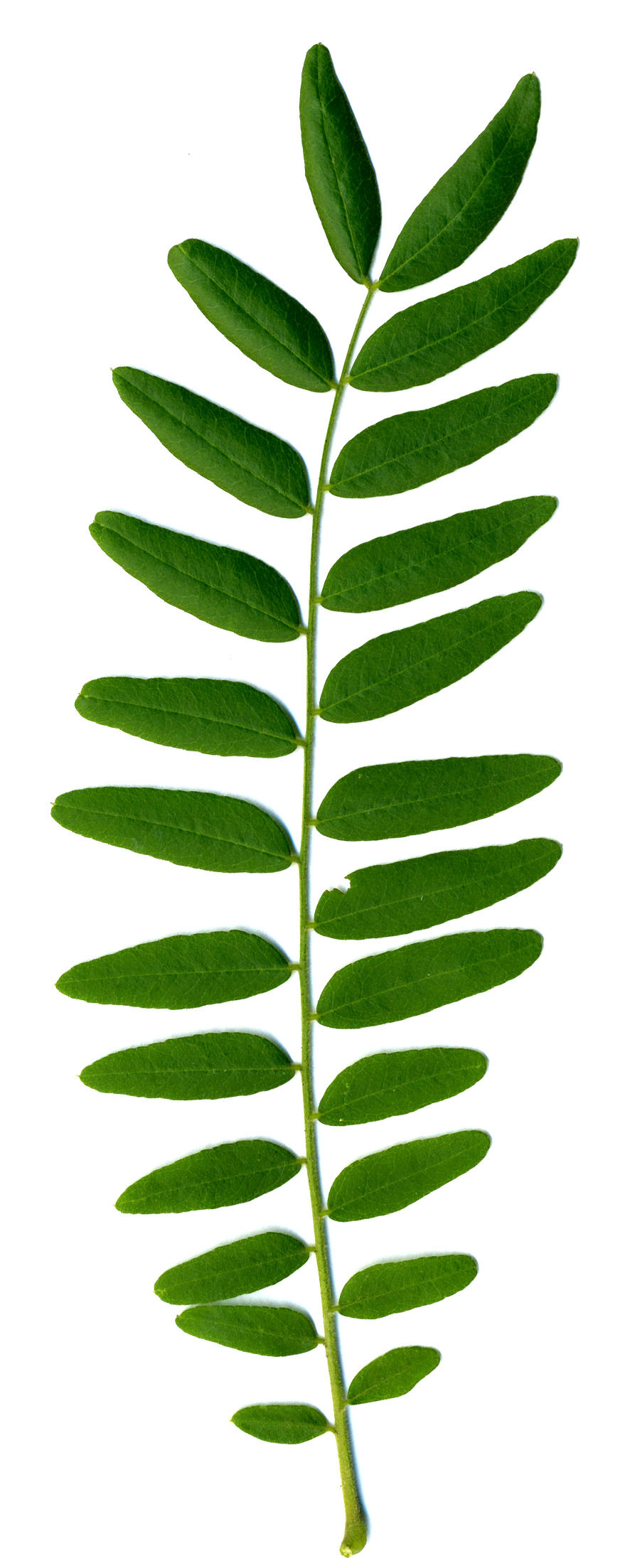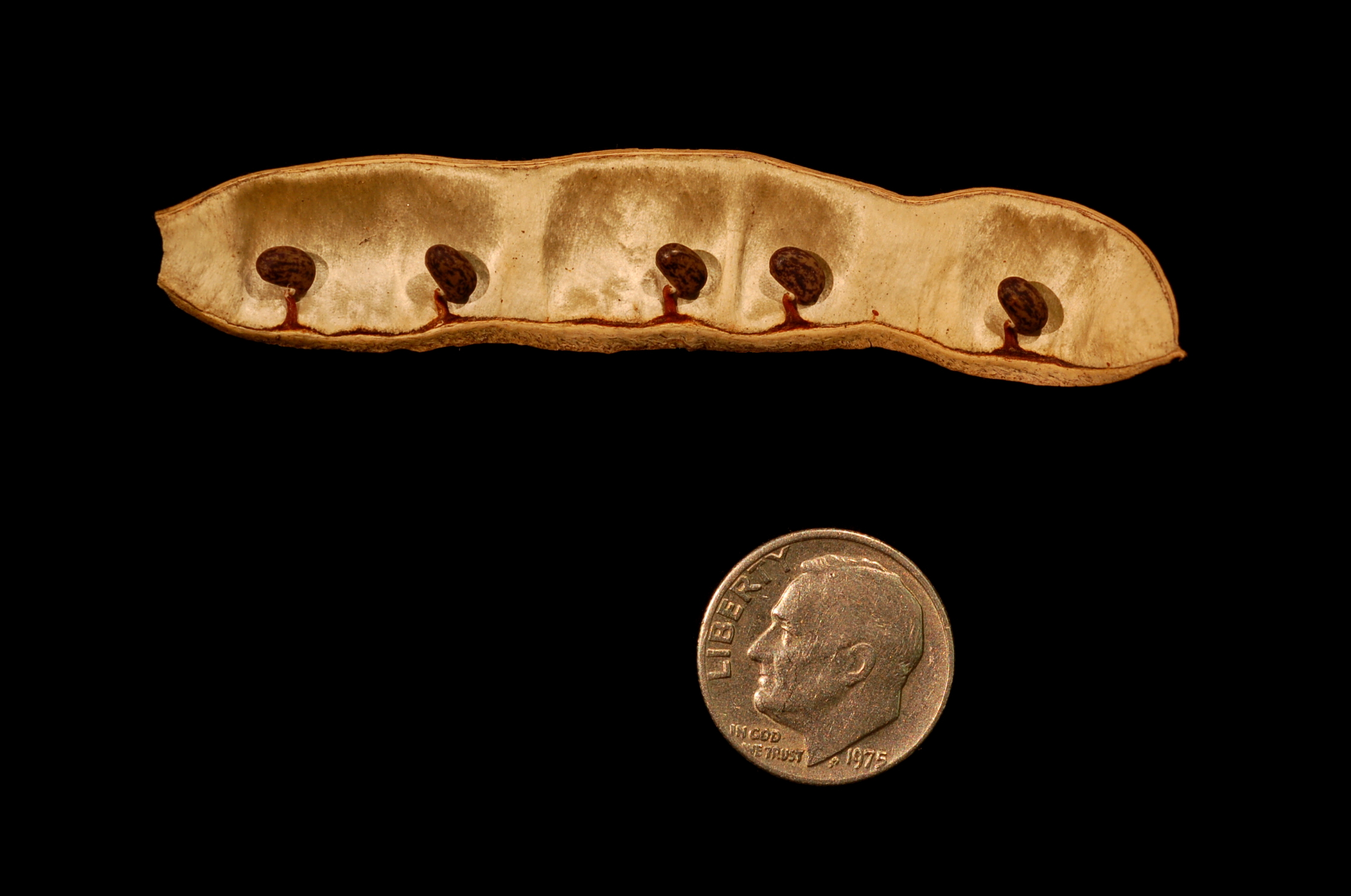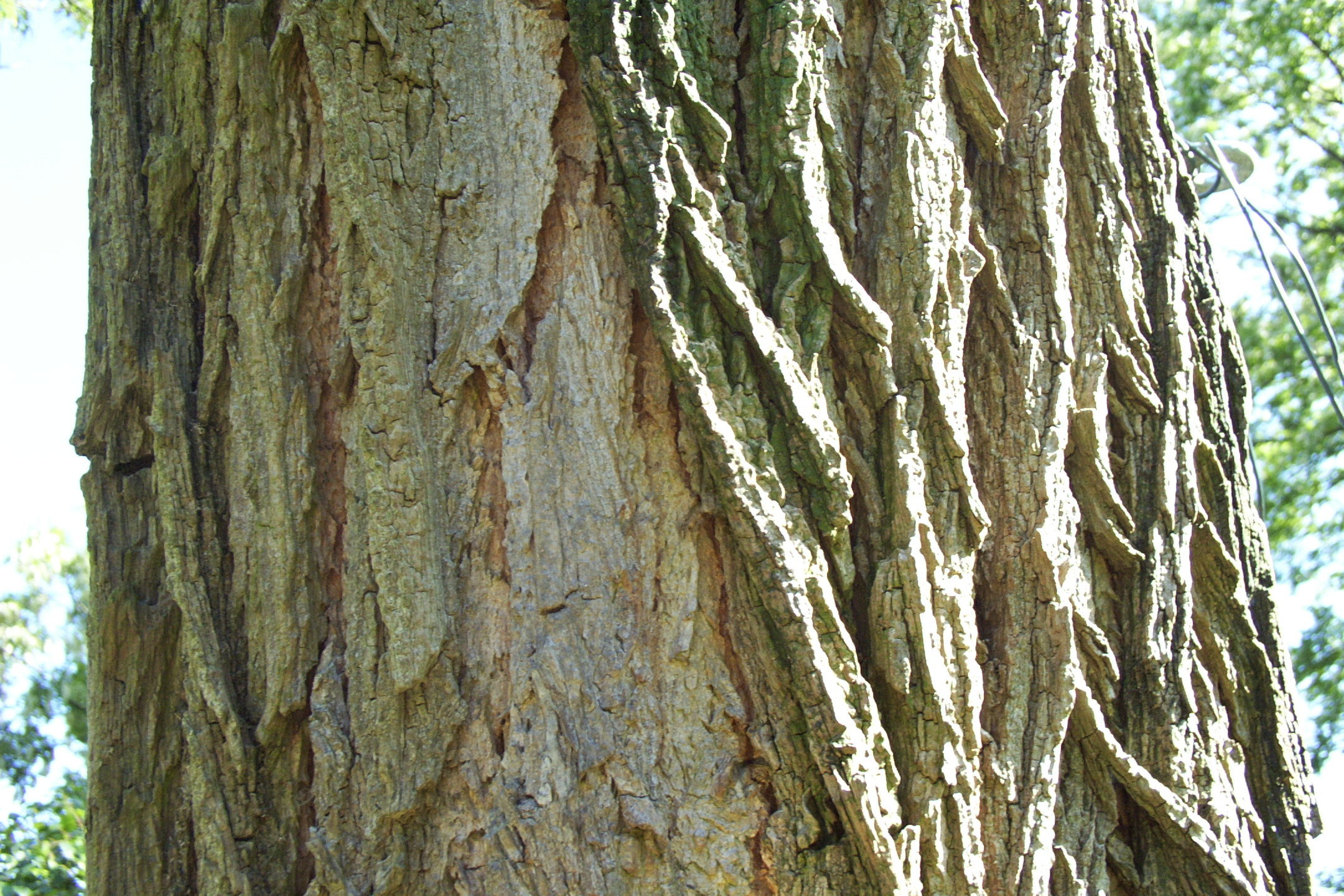Black Locust : Physical Description

Black Locust Leaf by Wikicommons user Jaknouse
Physical Description:
Black Locust trees have a form one could easily describe as coming out of a fantasy novel, with a long straight trunk that flairs out into intricately curved branches at its top, deeply furrowed bark, and intimidating thorns. The Black Locust is a fast-growing, medium-sized tree, usually ranging from 35-75 feet tall, and 1-2 feet in diameter, although older trees have the potential to be much taller or wider. One of the greatest defining characteristic of the black locust is its dark grey/brown bark that is covered in deep vertical furrows that give the tree its wild and gnarled appearance. The bark is also mildly toxic, with several recorded instances over the years of children suffering from symptoms including abdomen pain, vertigo, and muscular twitches after having chewed the bark or swallowed its juice. This toxicity is said to be comparable to belladonna poisoning. The root systems of black locust trees can be very wide spread and also are notorious for “suckering” which is when a tree spreads its roots and actually sprouts another tree out of them. With the black-locust particularly, suckering has been known to create entire stands of trees that are all interconnected with the same root system. In fact, the black locust proliferates so well through suckering that in several states such as Minnesota, it's considered an invasive species that crowds out other varieties of trees and creates single-species stands.
The black locust features pinnately compound leaves with a blue-green coloration to them, with a grey underside. The leaflets are smooth and rounded at the tip, and are generally under 2 inches long, with the entire leaf reaching between 1.5 and 2 feet. The twigs of the tree are usually crooked with short single unbranched thorns that are about a half inch long running along their length. Interestingly enough, the leaflets fold up and droop during the nighttime, and scientists still aren’t entirely sure why. For around 10 days in May and June, the entire tree erupts in vibrant white flowers with a strong aromatic scent, and copious amounts of nectar that attracts honey bees. The fruit is a somewhat pea-like pod about 3 to 4 inches long, with a dark reddish-brown color, and 4 to 8 seeds. They usually ripen in the fall, and remain on the tree until early spring.

Cross-section of a Black Locust pod with a penny for size comparison by wikicommons user Ninjatacoshell
The wood of the black locust is perhaps one of the most fascinating aspects of it, as it’s incredibly hard, as well as highly resistant to rotting. It usually has a nice yellow-brown hue to it, and weighs about 50 pounds per cubic foot, making it a very heavy and dense wood.

